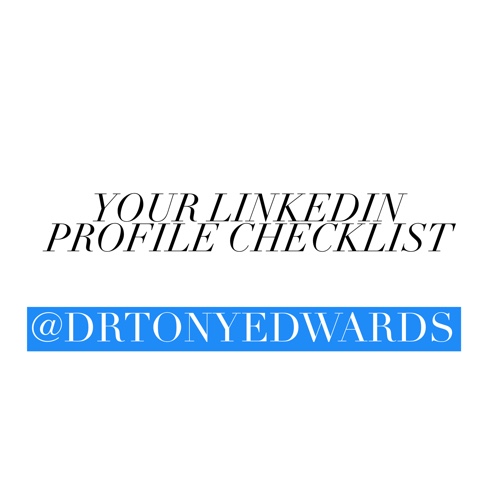Your LinkedIn Profile Checklist

Use this list to get your LinkedIn profile ready. The more informative your profile, the easier it will be for employers to find you. Intro First Name Last Name (add degree and certificate abbreviations after your last name) Headline (Your current title or value proposition statement) Current Position (title) Education (default is most recent institution attended) Country Zip Code Locations within this area (Dallas Fort Worth area, Fort Worth, etc.) Industry (think broadly about what you do) Summary (include keywords that will help potential employers understand what you do and find you more easily) Media (links or uploads of your work, assignments, or projects) Your Articles & Activity LinkedIn Articles (reflections on your work, assignments, or projects) Respond to others' articles LinkedIn Posts (talk about leadership or work-related happenings at work or school) Respond to others' posts Experience Work Internshi...
